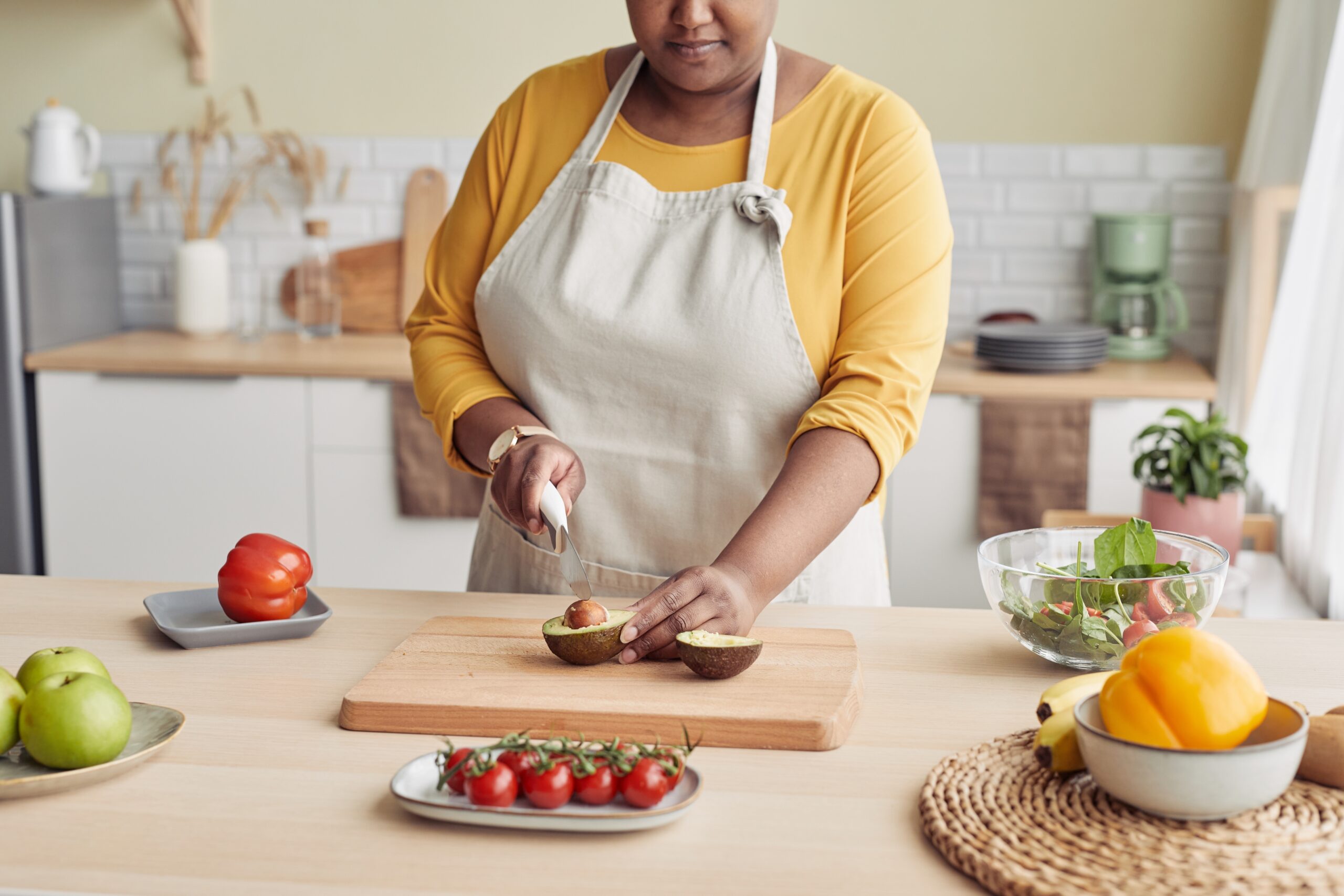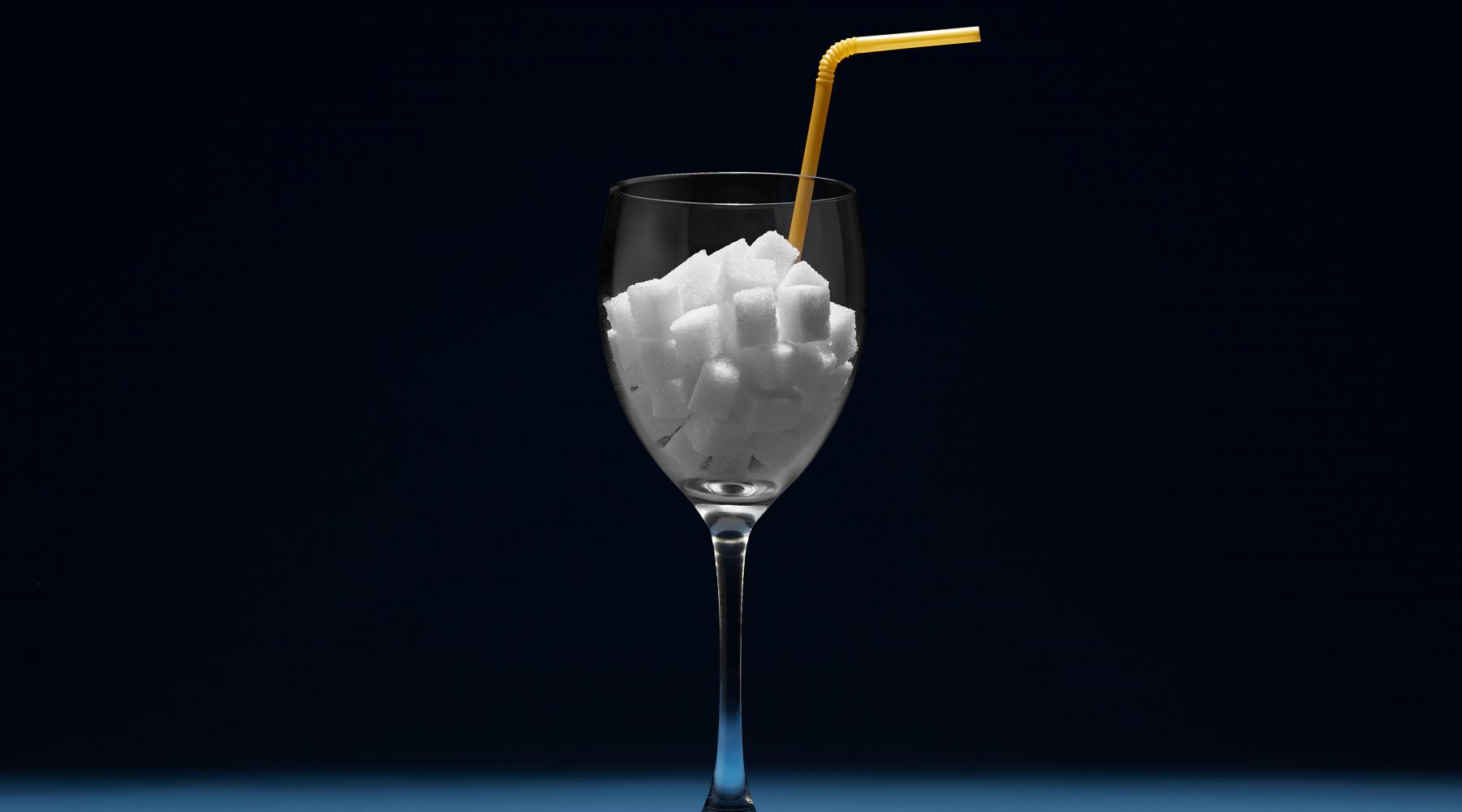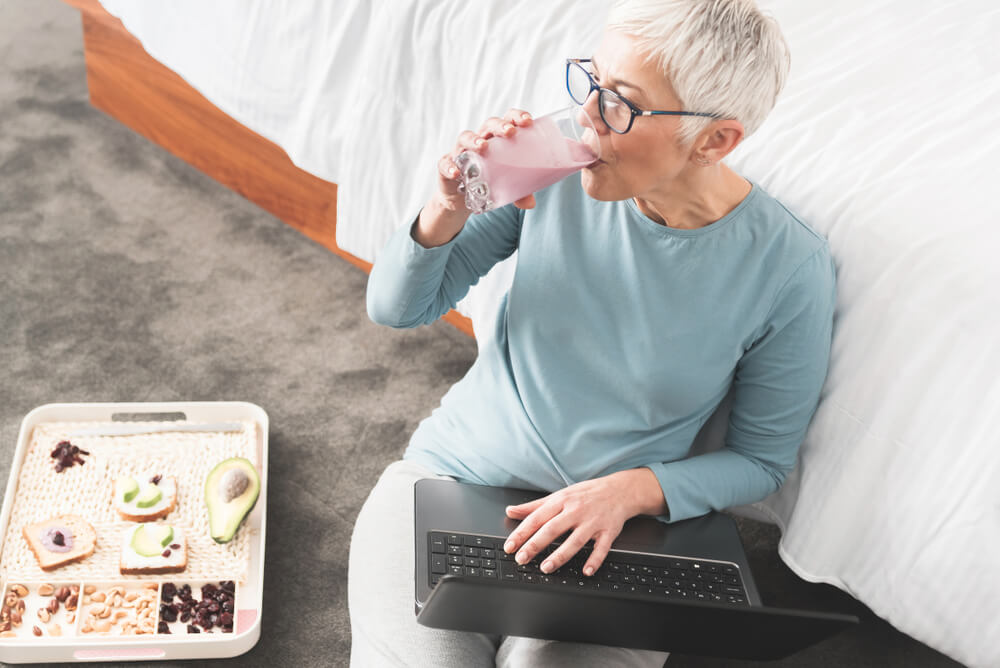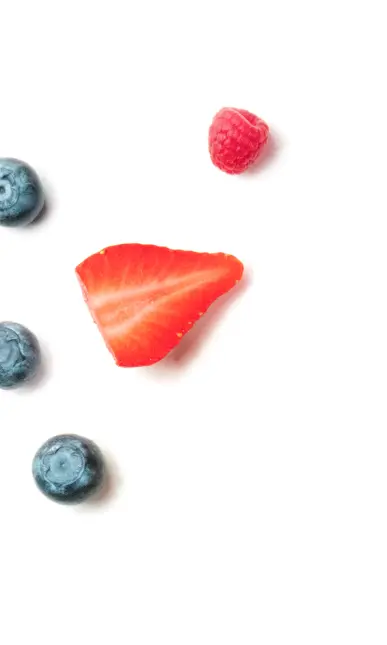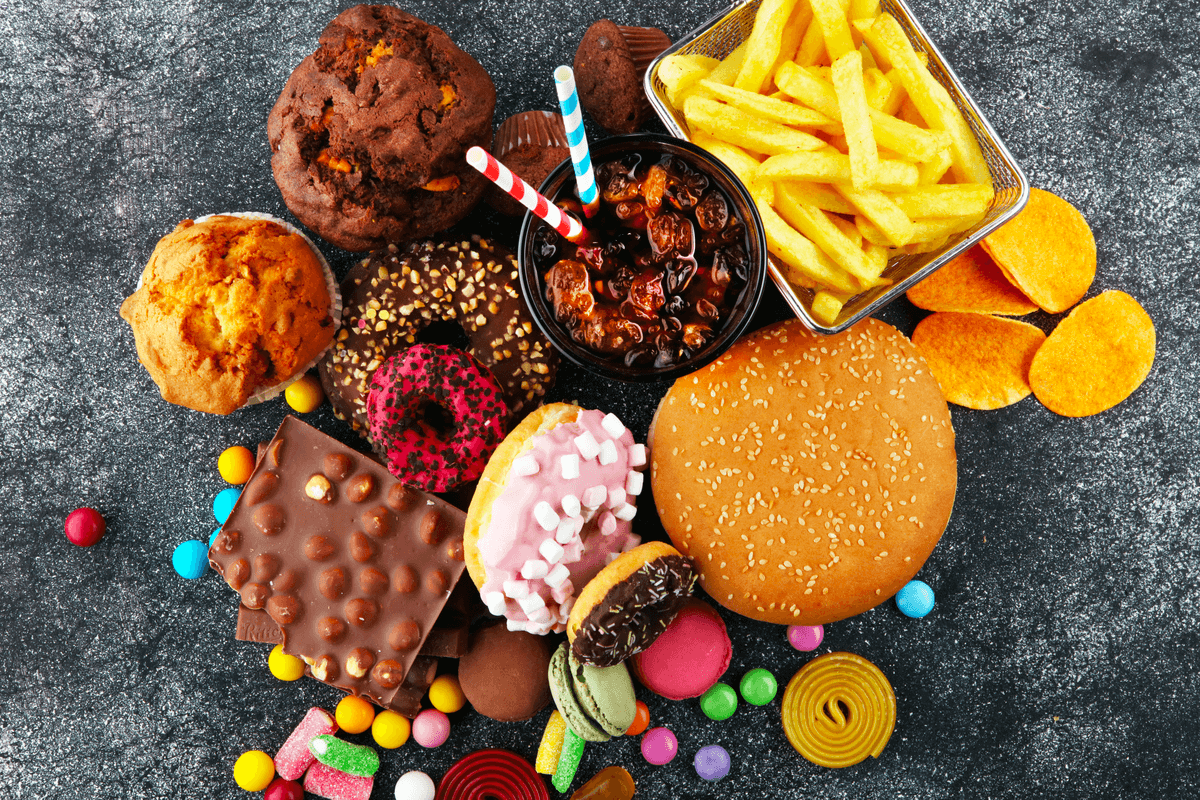
An Intricate Guide on the Major Food to Avoid With Diabetes
Diabetes is a common condition that people around the globe experience. Over the years, there’s been a steady increase of people who have the condition despite health institutions’ continuous orientation and effort to curb its growth. This seemingly insistent growth has been attributed to many factors.
However, a major reason is peoples’ food choices. Over the years, there’s been a significant increase of unfriendly diabetes ingredients in foods due to the growing desire for junk and different sweetened high-sugary foods. These unhealthy choices tend to have considerably serious effects on blood sugar rise, making it difficult for people with diabetes to establish blood sugar control and prevent weight gain.
According to the American Diabetes Association (ADA), food choices play a major role in diabetes control. Namely, making healthy meal choices can help people control their blood sugar and avoid more significant health complications that the condition presents. In the same vein, eating food considered incredibly high in sugar or unhealthy fats, among other undesirable nutrients, can lead to a serious risk of further diabetes complications.
This article aims to help people with diabetes know the wrong foods they shouldn’t eat to reduce their dependence on diabetes drugs and predisposition to other serious health issues.
The Role of Food Choices for People With Diabetes
The three major factors that affect diabetes include genetics, food, and exercise.
People with genetic vulnerabilities (due to one or of their family members or ancestry having the condition) could easily have blood sugar spikes. Thankfully, people whose medical history shows that they’re genetically disposed to have diabetes may not develop the condition as long as they keep their blood sugar levels stable. To do that, though, they’ll have to adopt a healthy lifestyle regarding what they eat and their fitness level.
Genetically advantaged people could also have an increased blood sugar level if they don’t eat healthily. Even if they choose to keep fit, they won’t have the best results if they have a tacky diet.
From the two situations above, it’s clear that food choices are extremely important in maintaining a healthy blood sugar range. Whether a person is genetically advantaged or not in terms of diabetes, exercise regularly or not, if they don’t eat right, the ultimate result is raised blood sugar levels and serious diabetes complications.
Due to the significance of food in diabetics’ health, experts generally emphasize the need for people with the condition to make healthy meal choices. Notably, health professionals advise diabetes patients to avoid foods that increase their blood glucose.
Several high glucose foods suddenly raise blood sugar levels to astronomical heights, and the concern is that they’re among the major meals people eat. To make matters worse, they’re sold in restaurants and popular food chains and are major inclusions in home cooking.
Carbohydrate is the main source of glucose and is usually considered one of the major nutrient and food classes that people who have diabetes should avoid.
Carbohydrates’ Dominance in Foods
As stated above, carbohydrates are the main source of glucose in meals. Also, in most homes, people eat carbohydrates so much that it accounts for 70% of their daily diet. Suffice to say, carbs are the main component of most home meals and are present even in supposed high-protein and high-fat meals.
Carbohydrates’ dominance in peoples’ meals is due to them being the main sugar source. Humans love sweet things, explaining why junk and quick snack food thrives in modern-day meals. Also, carbohydrates provide people with energy to carry out daily activities. Carbohydrates could be in the form of processed foods, whole meals, and simple sugars.
Due to the evident level of dependence on carbohydrates, it’s almost impossible to cut it off from a normal diet, and this is where people with diabetes have a serious challenge in terms of their health. However, people shouldn’t cut carbs from their diet, irrespective of whether they have diabetes (or not). In the worst case of diabetes, a doctor may decide to provide a temporary keto diet to drastically reduce carbs intake. However, it’s not an incredibly healthy diet option for the long term, and health specialists confirm it to be too difficult to follow over time.
The Center for Diabetes Control (CDC) advises that people with diabetes consume carbohydrates daily in moderate proportion. The organization considers it healthful for diabetics to get half of their daily calorie requirement from carbohydrates. This helps them balance their health and provide their body metabolism with the appropriate fuel that can help them function properly.
However, this doesn’t mean that people with diabetes can eat all kinds of carbs they get their hands on. Both ADA and CDC advise that diabetics and those who suffer from high blood sugar focus on carbs that aren’t high in glucose (i.e., “good” carbs) and avoid “bad” carbs.
For clarification, let’s examine what “bad” and “good” carbs are.
“Bad” Carbs
The so-called “bad” carbs contain a lot of starch or sugars. They’re usually unusually high in glycemic index and range from 71 to 100. Most of the carb foods that people eat qualify under bad carbs as they’re among the sweetest and most desired option available in restaurants and made at home.
One of the key features of bad carbs is that they cause high blood sugar and are mostly processed foods. Most bad carbs rarely contain monounsaturated and polyunsaturated fats, essential for optimal cholesterol levels and a healthy heart.
Starchy carb foods include white rice and pasta and are generally unhealthy to eat. Highly processed foods—categorized under refined carbs—are also incredibly high in sugar and can increase blood pressure. Table sugars or snack food are other major types of carbs that cause serious blood sugar spikes.
“Good” Carbs
Dietitians generally consider “good” carbs a better alternative to “bad” carbs. Good carbs are typically low in glycemic index, making them a healthier choice for blood glucose.
The major healthy carb that people with diabetes are advised to eat is fiber. Fiber or roughages that provide energy are also incredibly tasty, making them excellent alternatives to starchy and sugary carbs.
Fiber has also been proven to improve blood sugar control because they’re non-digestible by the body. Following ingestion, it forms a thick mix that helps people fight excess sugar in the body and ensures they’re flushed out before they enter the bloodstream.
Certain fruits and vegetables are considered to be high-fiber foods. Whole grains are also considered fiber and are healthier than processed carbs.
The Top Food to Avoid With Diabetes
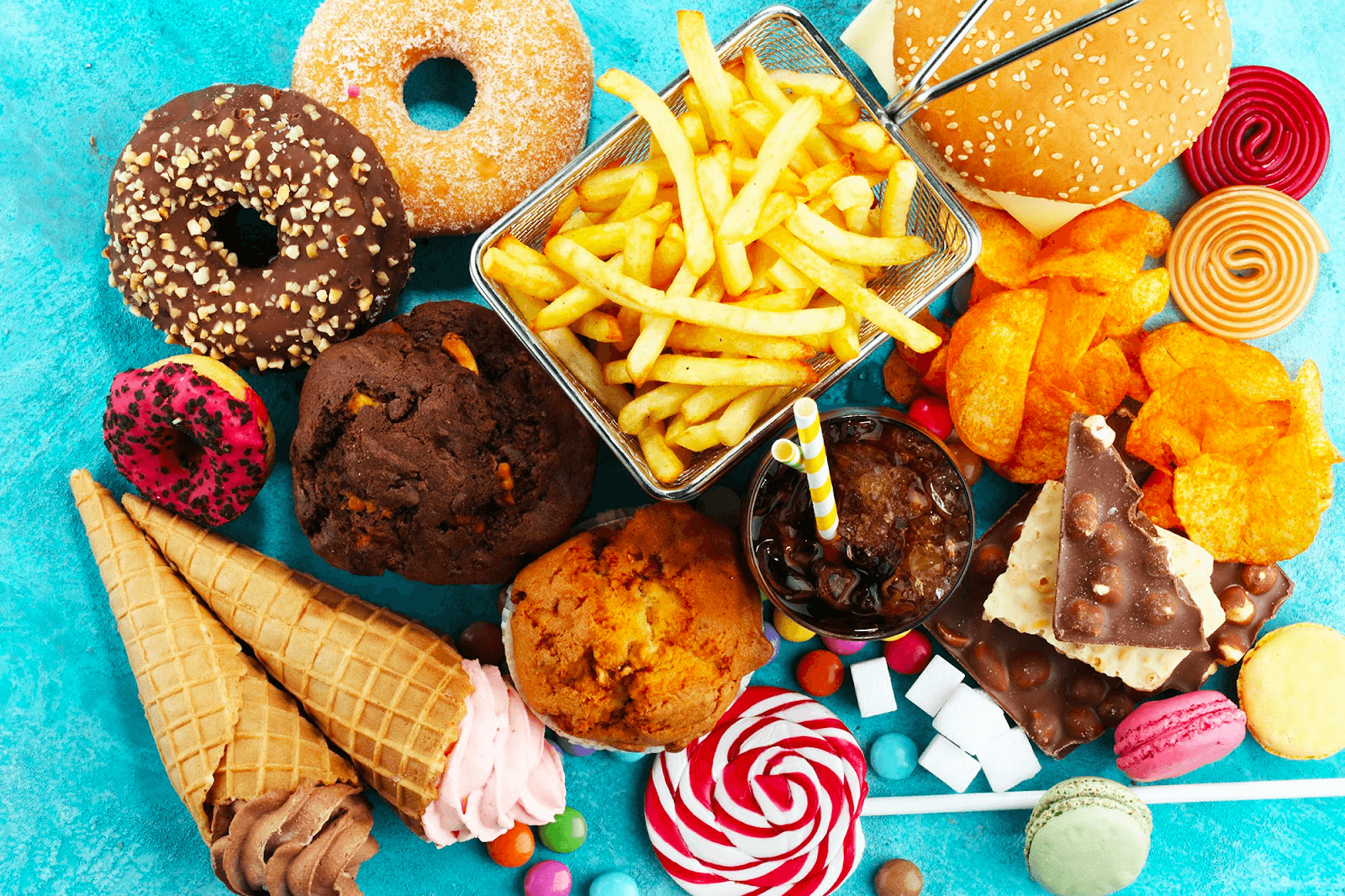
Typically, carb foods sold in high-chain restaurants or made at home will usually have a mix of good nutrients and bad carbs. However, some are much higher in sugar, while others pack more healthy nutrients than bad carbs.
The former are the foods to avoid to keep blood glucose levels in a safe range. These foods are usually filled with starch, sugars, saturated fats, and many other high-risk foods that could make it difficult for people with diabetes to lead a normal life.
It’s important to understand that while eating healthily doesn’t resolve all the issues that could lead to diabetes complications, it plays a major role in reducing the probability of sudden spikes in people with the condition.
This section considers certain foods you should avoid if you’re vulnerable to high blood sugar or have diabetes. Any food high in saturated fat, sugar, cholesterol, or saturated fat is apparently not great for diabetes, and we’ll see why shortly.
Trans Fat
Trans fats foods aren’t healthy for diabetic persons and should be avoided as they tend to negatively affect consumers. Trans fats are made by adding hydrogen molecules to unsaturated fatty acids.
Foods containing these fats include frozen dishes, peanuts, margarine, creamers, butter, etc. Trans fats help extend the shelf life of baked foods, crackers, and muffins, explaining why baked foods’ manufacturers often use them.
Trans fats aren’t good foods for diabetics as they cause a rise in blood sugar levels and insulin resistance. They’re also linked with impaired arterial function, belly fats, and increased inflammation.
These conditions are life-threatening; hence, diabetics need to avoid taking meals with artificial trans fats content. Diabetics who continually consume these meals are highly likely to develop heart disease.
Fruit-Flavored Yogurt
While ordinary or plain yogurt can be a great food option for persons with diabetes, fruit-flavored yogurts produce conflicting effects. This is because the latter is made from low-fat milk and contains much sugar and carbs, capable of increasing blood sugar levels.
A 245-g serving of flavored yogurt contains about 30 g of sugar, implying that most of the calories of fruit-flavored yogurts come from sugar.
Many people consider frozen yogurt a better alternative to ordinary ice cream. However, it’s important to state that frozen yogurts’ sugar content is much more than ice cream’s. In light of this, fruit-flavored yogurt is an unideal food option for diabetics.
As a diabetic, it’s healthier and better to opt for ordinary ice cream over flavored yogurts, as the latter can increase your blood sugar level.
Dried Fruits
Fruits contain nutrients like vitamin C and potassium that are important to consumers. Due to their reduced water content, dried fruits offer an increased concentration of these nutrients. While this may appear beneficial, it becomes counterproductive when you consider that their sugar levels are also raised, posing a significant risk to patients with diabetes.
A cup of grapes contains 27.3 g of carbs, including 1.4 g of fiber content. On the contrary, a cup of raisins (dried grapes) contains a whopping 115 g of carbs, including 5.4 g of fiber. These figures show that raisins pack four times the amount of carbs in grapes, further reinforcing why dry fruits are not a healthy option for diabetics.
Sugar-Sweetened Beverages
Sugar-sweetened beverages and drinks are desirable food options for persons having diabetes. These foods are exceedingly high in carbs and sugar, with cola packing a 38.5 g carb content in a mere 12-oz serving. These drinks also contain high fructose content, linked to insulin resistance and diabetes.
High fructose levels in drinks could also lead to belly fat and increased levels of triglyceride and cholesterol. Studies have it that consuming sugar-sweetened foods increases the risk of diabetes-related conditions such as fatty liver diseases. It’s also been established that overweight adults consuming 25% of calories from beverages with high fructose content on a weight-maintaining diet led to insulin resistance and worse heart issues.
Hence, it’s important that people, especially diabetics, reduce their intake of high sugar drinks. Instead, they should take drinks like club soda and unsweetened ice tea that reduces the risks of diabetes.
Rice, Pasta, and White Bread
These foods typically have a high carb content. Eating foods like bagels, white bread, and flour-flavored foods has been shown to cause a significant rise in the blood sugar of persons with diabetes.
This raised blood sugar level isn’t exclusive to products made with refined fine flour. Other studies on gluten-free pasta—especially rice-based types—established that these foods raise blood sugar.
Further research reveals that foods with high carbs increase blood sugar and reduce brain function in persons with type 2 diabetes. Hence, diabetics are advised to reduce their consumption of these kinds of food to avoid increasing the risk of developing serious health consequences.
Research has it that replacing foods like rice, white bread, and pasta with foods containing high fiber content reduces the sugar and cholesterol levels in diabetics.
French Fries
French fries, a common meal, are foods you may have to steer clear of if you have issues with diabetes. Fried foods have been shown to yield compounds such as aldehydes that exert toxic effects on consumers. These compounds increase the risk of diseases, especially in persons with diabetes.
To corroborate this, let’s consider the effect frying has on potatoes. One medium potato contains 34.8 g of carbs, with 2.4 g being fiber. However, when potatoes are peeled and fried in vegetable oil, they tend to trigger an increase in blood sugar. Studies have it that french fries and other fried foods are linked to cancer and heart diseases.
Diabetics should avoid foods like this because of their consequential health effects. It’s best to take sweet potatoes instead.
Honey, Maple Syrup, And Agave Nectar
Diabetics, because of their condition, often try to reduce and/or substitute their intake of table sugar as well as foods like pie, cookies, and candy. However, it’s important to know that foods like honey, maple syrup, and agave nectar can also increase blood sugar. These sweeteners aren’t highly processed, so they contain a significant amount of sugar and carbs.
Studies show that diabetics may experience increased blood sugar and inflammatory markers from consuming 50 g of honey and white sugar. This makes these sweeteners an unsuitable meal option for people with diabetes. Hence, diabetics should avoid these sweeteners because of their harmful effects, or rather they stick to natural low-carb sweeteners.
Flavored Coffee
Taking ordinary coffee isn’t a bad idea, as coffee is linked to many health benefits, including a reduced tendency of diabetes. However, flavored coffee may not be an ideal choice of drink for diabetics as it spikes blood sugar and increases the risks of other health issues. Namely, it often packs high carb and sugar contents, making it an unhealthy option for diabetics.
Studies indicate that the brain doesn’t process drinks the same way it does solid foods. When you take a high amount of drinks like flavored coffee, you don’t compensate for it by taking less later, leading to increased weight gain. In light of this, it’s essential that lovers of coffee—especially diabetics—cut down on their intake of flavored coffee to reduce the risks of developing health issues like insulin resistance and heart diseases.
Packaged Snacks (Junk Foods)
Junk foods—such as crackers, pretzels, and other packaged food—aren’t healthy snack options, especially for diabetics. These snack foods are typically produced with refined flour.
They supply few nutrients but contain high carb content that causes a rise in blood sugar. Hence, diabetics should reduce their intake of these snacks to minimize their risk of developing serious health issues.
Below are the highlighted carb counts for a 1-oz serving of some common snacks:
- Pretzels: 22.5 g of carbs, including 0.9 g of fibers
- Saltine crackers: 20.5 g of carbs, including 0.8 g of fiber
- Graham crackers: 22 g of carbs, including 0.9 g of fiber
Studies show that some of these foods contain more carb content than their nutrition label suggests. You should take low-carb vegetables or nuts instead if you get hungry in between meals.
Sweetened Breakfast Cereal
Having sweetened cereal as breakfast could be one of the worst ways to start your day if you have diabetes. Cereals contain a high amount of carbs despite the claims on their box labels. They supply only a few amounts of protein to keep you full while ensuring a stable sugar level during the day.
It’s necessary to watch what you consume, as many of the tagged healthy cereals aren’t great breakfast options for persons with diabetes. For example, a half-cup of granola contains 44 g of carbs, while grape nuts pack 47 g. Each of them supplies no more than 7 g of protein, which we need in high amounts.
It’s advised you take low-carb or high-protein meals to help you maintain a stable blood sugar level.
Fruit Juice
Though considered a healthy beverage, fruit juice triggers a rise in blood sugar levels like the other sugary drinks. The same goes for fruit juices that are 100% natural as, in some cases, they contain a higher sugar and carb content than soda.
Suffice to say, they exert the same effect as other sugary beverages and also tend to trigger serious health consequences in consumers. Hence, you should avoid consuming fruit juices, especially if you have diabetes.
For instance, a 250-ml serving of soda and apple juice contains 21 and 23 g of sugar, respectively. An equivalent serving of grape juice provides over 30 g of sugar.
Another reason fruit juice isn’t an ideal beverage is that it has a high fructose content, a sugar linked with insulin resistance and heart disease. In place of fruit juice, you should consider taking water with lemon, which provides fewer carbs.
The Role of Diabetes Management Meal Apps in Eating the Right Foods
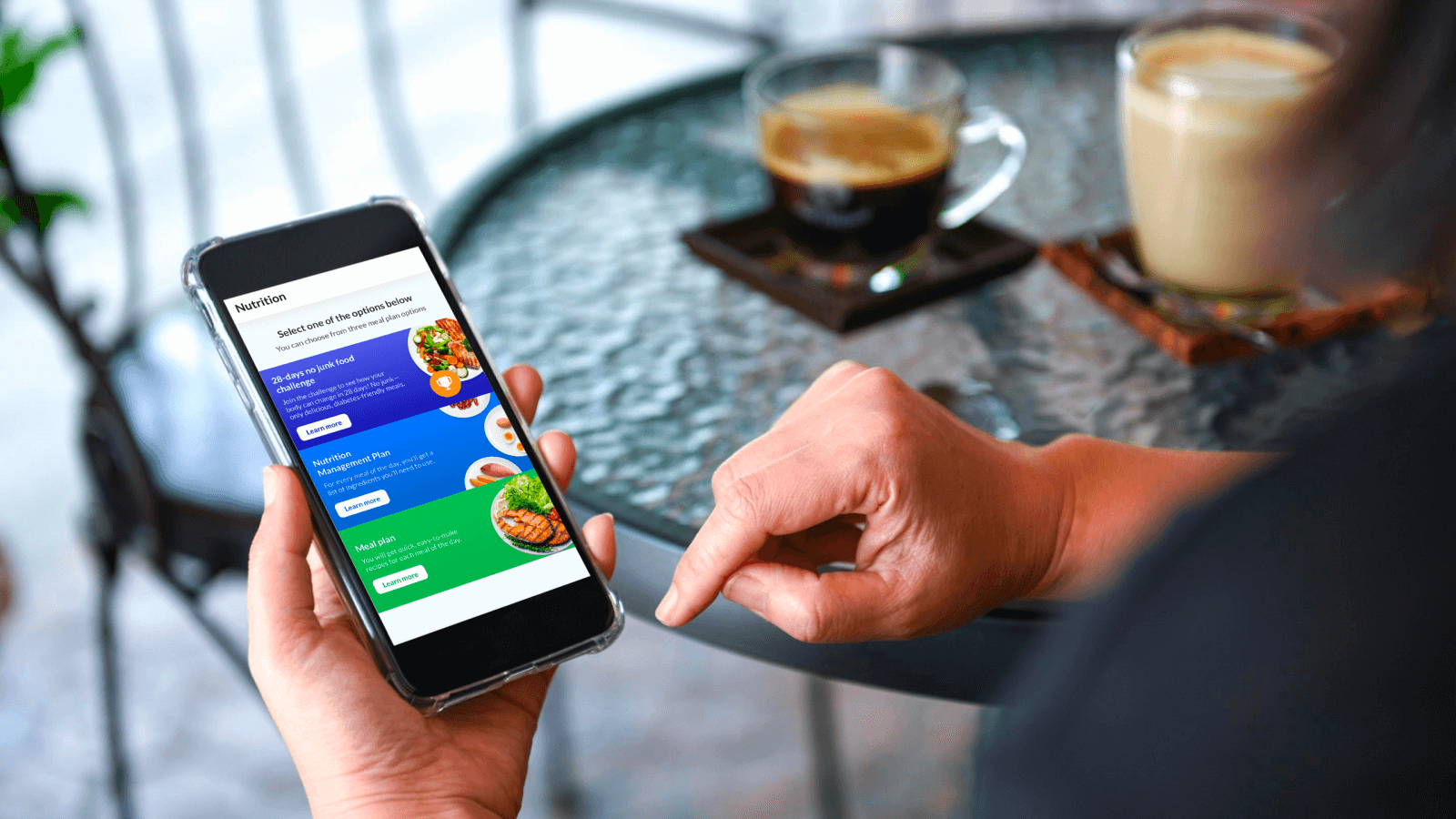
Knowing the types of food to avoid as a diabetic is crucial to keeping your blood sugar levels in a safer range. The food categories outlined in this article are among some of the major foods that raise blood sugar levels and trigger a series of complications. However, the goal isn’t just to know the types of foods to avoid but also those you should opt for.
While the ability to avoid foods in any of the aforementioned categories offers some respite concerning your blood sugar, eating the right foods will help you achieve optimal blood sugar control. This is vital as both high and low blood sugar levels are considered dangerous and can eventually become life-threatening.
Almost all major high blood sugar foods have their good alternatives. For example, you can easily replace white rice with brown rice. The same goes for white sugar, where the healthier coconut sugar passes as a better substitute.
There are various ways that people can get the right foods to eat. They could decide to book an appointment with an endocrinologist or a dietitian for the best meal plan. Similarly, they could decide to use a diabetes expert management meal app.
Diabetes meal apps are online digital resource apps designed by diabetes professionals or institutions to provide people with the condition with the latest healthy meal diets that they can opt for.
The food options recommended by these apps are healthy and easy to prepare with easily accessible ingredients. The only major difference is that they consist of “good” carbs instead of “bad” carbs and are more nutritious. Moreover, they usually contain good fats and considerably healthy proteins and vitamins that the body’s metabolism needs for normal functioning.
Besides the fact that diabetes management meal apps recommend the best foods that diabetics should eat, they can also help users set up a routine to plan what, when, and how they eat weekly, monthly, quarterly, or even annually.
In modern times, meal apps have become the leading diabetes-friendly meal resource that people with the condition generally opt for. They’re incredibly easy to use and don’t require any technicality whatsoever.
Conclusion
Diabetes is undoubtedly a serious condition that requires deliberate efforts from people that have it to live a normal life. The food that people with the condition consume clearly plays a great role in how much they’ll need to depend on drugs and their ability to live a less restricted life. So far, this extensive guide considers how unhealthy food avoidance helps people manage diabetes and the possible complications accompanying it.
Also, we touched on ways they could get possible replacements for meals that they need to avoid. A diabetic management app, as already stated, is one of the most trustworthy resources that people with the condition can use to live a healthy life and avoid complications like heart disease, kidney disease, and other cardiovascular issues.
Fortunately, Klinio app is one of the most reliable diabetes meal resources and planners that diabetics can trust for the best benefits. Our health experts have proved that all meal recommendations are low in blood sugar and incredibly nutritious. The great thing is that we regularly supply updates so that our clients don’t miss out on the newer diabetes-friendly meal plans.


